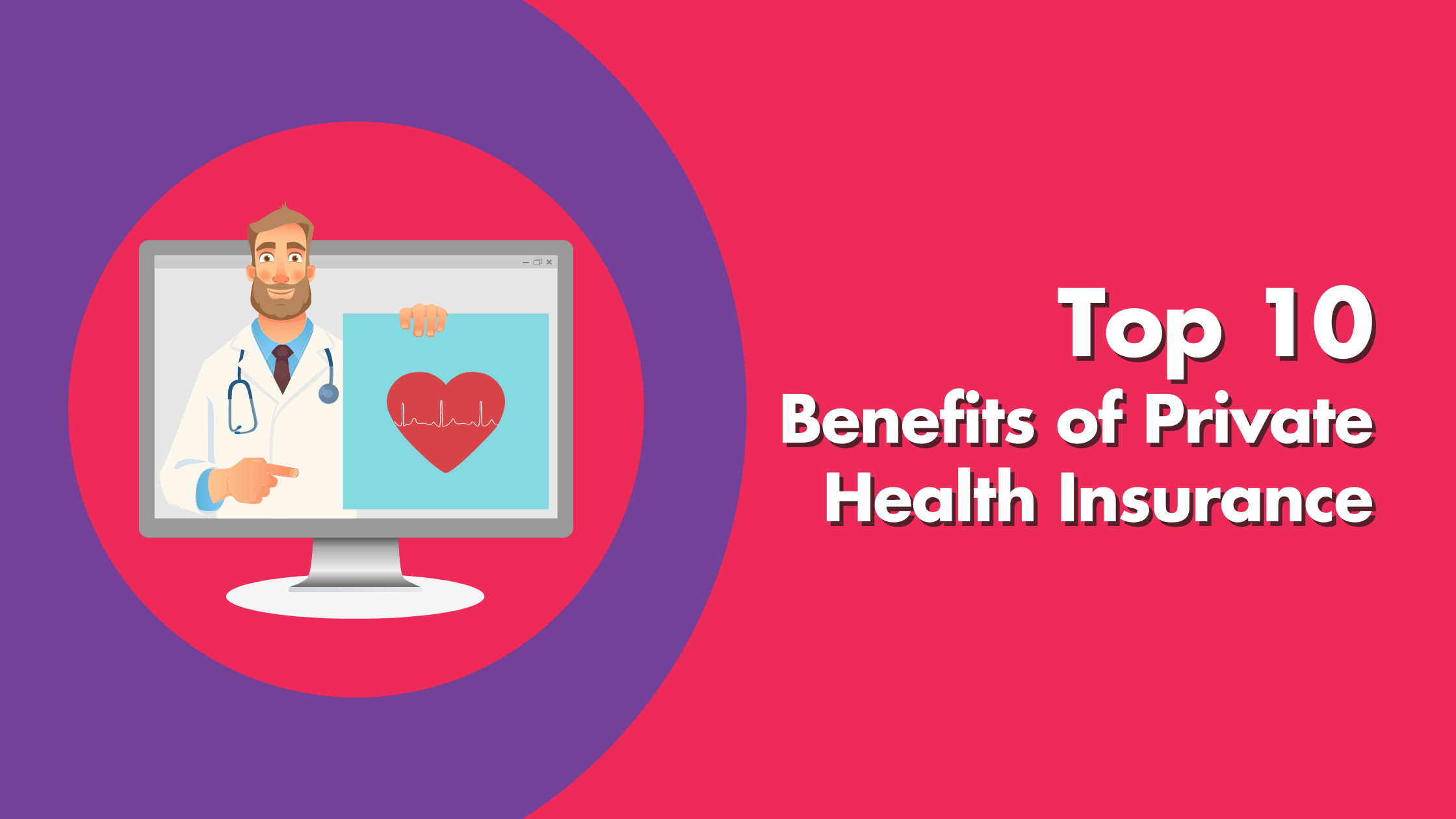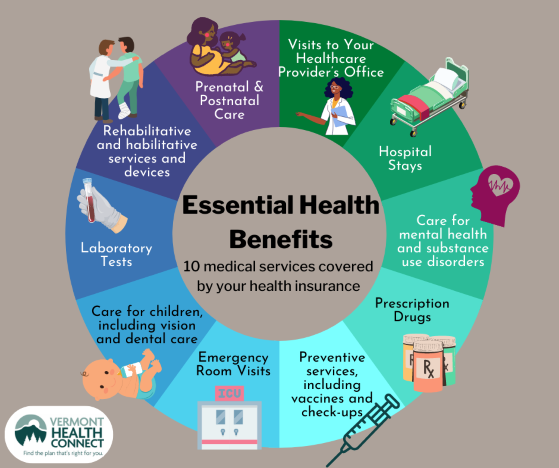Everything about Medicare Advantage Agent
Everything about Medicare Advantage Agent
Blog Article
6 Easy Facts About Medicare Advantage Agent Described
Table of ContentsMedicare Advantage Agent Can Be Fun For EveryoneMedicare Advantage Agent for BeginnersSome Ideas on Medicare Advantage Agent You Should Know

complies with from puzzling the fairly young age account of the uninsured with the better health and wellness, generally, of more youthful persons. This covers the web link in between health and wellness standing and wellness insurance policy. For those without access to office wellness insurance policy, poor health is a potential barrier to purchasing nongroup insurance coverage due to the fact that such protection might be very valued, omit pre-existing conditions, or be merely unavailable. The variety of without insurance Americans is not specifically big and has actually not altered in recent times. 7 out of ten participants in a nationally representative survey believed that less Americans did not have health insurance policy than actually do(Fronstin, 1998). Roughly fifty percent(47 percent )thought that the number of individuals without medical insurance lowered or stayed continuous over the latter half of the last years(Blendon et al., 1999). This decline of nearly 2 million in the number of people 'without insurance policy (a decrease
of about 4 percent)is absolutely a favorable change. With a softer economy in 2000 the most current reported gains in insurance policy coverage might not proceed(Fronstin, 2001 ). The decline in the variety of without insurance will not proceed if the economy continues to be slow and healthcare costs remain to outpace inflation. This is because the information were gathered for a period of solid financial efficiency. Of the approximated 42 million people that were without insurance, just about regarding 420,000(concerning 1 percent)were under 65 years of age, the age at which most Americans become qualified for Medicare; 32 million were grownups in between ages 18 and 65, around 19 percent of all adults in this age; and 10 million were children under 18 years of age, regarding 13.9 percent of all children (Mills, 2000). These estimates of the number of persons without insurance are generated from the annual March Supplement to the Current Populace Study (CPS), performed by the Demographics Bureau. Unless otherwise kept in mind, nationwide estimates of people without wellness insurance and percentages of the populace with different sort of insurance coverage are based upon the CPS, the most commonly used resource of price quotes of insurance coverage and uninsurance rates. These surveys and the price quotes they produce are defined briefly in Table B. 1 in Appendix B - Medicare Advantage Agent. These surveys differ in dimension and sampling methods, the questions that are asked about insurance coverage
Top Guidelines Of Medicare Advantage Agent
coverage, and the time duration over which insurance policy coverage or uninsurance is gauged(Lewis et al., 1998, Fronstin, 2000a ). Still, the CPS is specifically useful because it produces annual estimates relatively rapidly, reporting the previous year's insurance policy protection estimates each September, and due to the fact that it is the basis for a consistent set of quotes for greater than two decades, permitting analysis of fads in coverage with time.

Not known Incorrect Statements About Medicare Advantage Agent
Over a three-year period beginning early in 1993, 72 million people, 29 percent of the U.S. population, lacked protection for at least one month. Within a single year(1994), 53 million people experienced at the very least a month without coverage(Bennefield, 1998a). 6 out of every 10 without insurance adults are themselves used. Functioning does boost the chance that one and one's family members will have insurance, it is not an assurance. Also members of families with two full-time wage income earners have practically a one-in-ten opportunity of being without insurance (9.1 percent uninsured price)(Hoffman and Pohl, 2000 ). The partnership in between health and wellness insurance policy and access to care is well established, as recorded later on in this chapter. Although the connection in between medical insurance and health end results is neither straight nor basic, a comprehensive professional and health services research study literary works links medical insurance protection
to enhanced access to care, much better high quality, and improved personal and population wellness status. The second record, on personal health end results for uninsured adults, is represented by the innermost circle of the number, while the 3rd record, on family well-being, incorporates the topics of the second record but emphasizes a various unit of evaluation, specifically, the family. The 6th report in the collection will certainly provide info concerning techniques and campaigns undertaken locally, statewide, or across the country to deal with the lack of insurance and its negative effects. Degrees of analysis for taking a look at the effects of uninsurance. This conversation of health and wellness insurance protection focuses mainly on the united state populace under age 65 because basically all Americans 65 and older have Medicare or various other public protection.
Furthermore, it focuses specifically on those with no medical insurance for any size of time. The problems encountered by the underinsured remain in some aspects similar to those dealt with by the without insurance, although they are typically much less severe. Uninsurance and underinsurance, however, include distinctly various policy issues, and the strategies for resolving them might vary. Throughout this study and the five reports to comply with, the primary focus is on persons without any wellness insurance and thus no help in paying for health treatment past what is offered through charity and safeguard establishments. Wellness insurance is a powerful factor affecting invoice of treatment since both individuals and physicians react to the out-of-pocket rate of solutions. Wellness insurance policy, nonetheless, is neither essential neither enough to get to clinical services. Nonetheless, the independent and straight impact of health
insurance coverage on access to health solutions is well developed. Others will obtain the healthcare they need also without medical insurance, by spending for it out of pocket or seeking it from service providers that use treatment cost-free or at extremely subsidized prices. For still others, medical insurance alone does not make sure invoice of care as a result of various other nonfinancial barriers, such as an absence of healthcare companies in their neighborhood, limited access to transportation, illiteracy, or etymological and social distinctions. Official study about without insurance populations in the USA dates to the late 1920s and early 1930s when the Committee on the Price of Treatment produced a series of reports about funding doctor office gos to and hospitalizations. This concern ended up being salient as the varieties of medically indigent climbed up throughout the Great Anxiety. Empirical researches regularly support the link between access to care and boosted health and wellness end results(Bindman et al., 1995; Starfield, 1995 ). Having a click to read regular source of care can be thought about a predictor of gain access to, rather than a direct step of it, when health outcomes are themselves utilized as accessibility indicators. This expansion of the concept of access measurement was made by the IOM Board on Checking Gain Access To to Personal Healthcare Services(Millman, 1993, p. Whether or not moms and dads are guaranteed appears to impact whether their youngsters get treatment along with just More about the author how much careeven if the kids themselves have protection(Hanson, 1998). The wellness of parents can impact their capability to look after their youngsters and the degree of family members tension. Fretting concerning their youngsters's accessibility to care is itself a source of stress and anxiety for parents. Three chapters adhere to in this record. Chapter 2 offers an introduction of just how employment-based medical insurance, public programs and private insurance coverage run and interact to supply considerable but incomplete insurance coverage of the united state populace. This consists of an evaluation of historical trends and public laws affecting both public and exclusive insurance policy, a discussion of the interactions amongst the various kinds of insurance policy, and an assessment of why people relocate from one program to another or finish up

Report this page